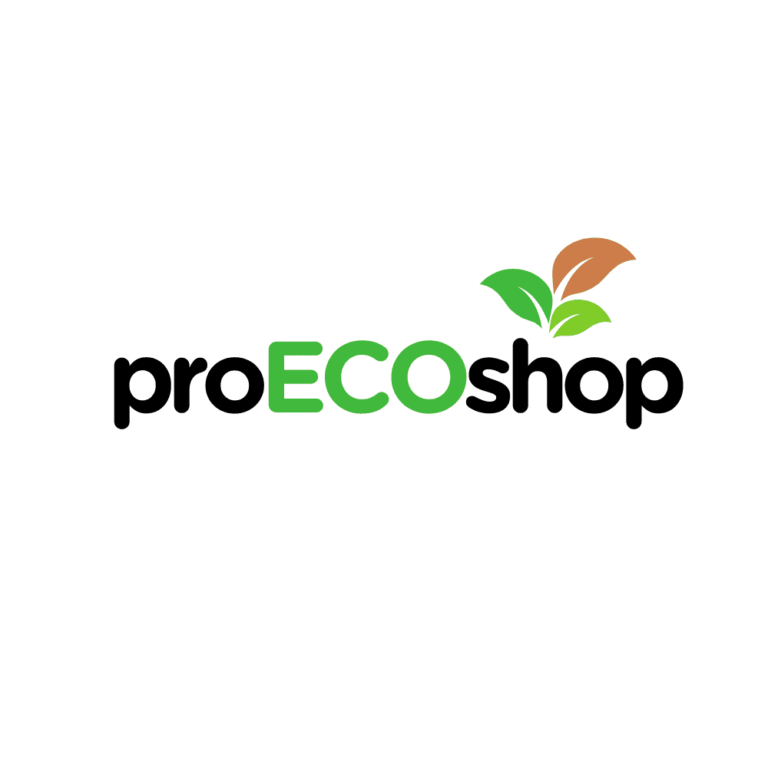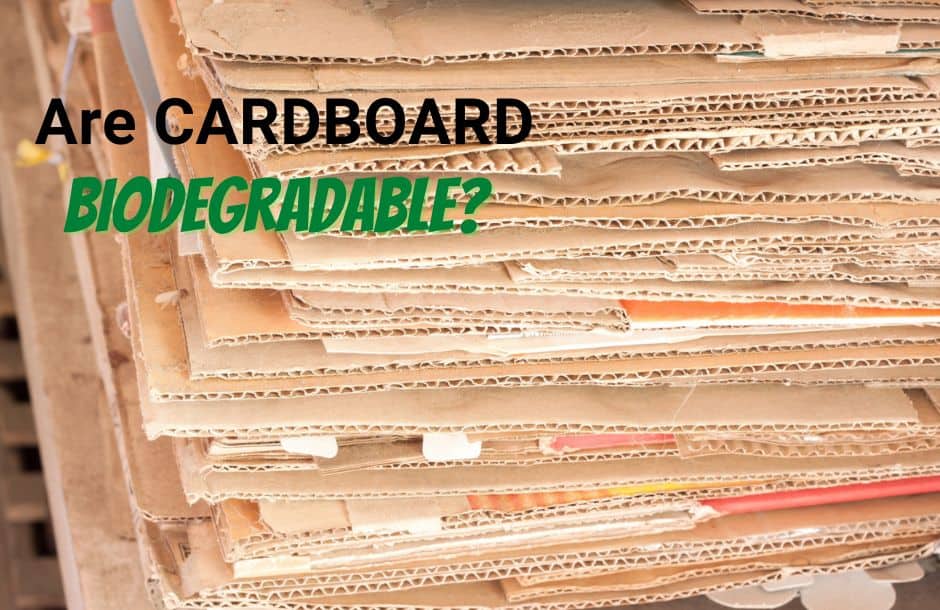Cardboard is a material that is made from paper pulp. It is a renewable resource and is recyclable. It is also biodegradable, meaning that it will break down over time and will not pollute the environment.
Yes, cardboard is biodegradable, which means it can be broken down by natural means like bacteria or weathering. This makes it a more sustainable option than some other materials like plastic.
The Benefits of using Cardboard
Cardboard is one of the most versatile materials around. It’s strong enough to ship heavy products, yet lightweight and easy to recycle. Here are some of the many benefits of cardboard.
Cardboard is biodegradable and eco-friendly. It’s made from trees, which are a renewable resource. And, when cardboard is recycled, it’s turned into new products without adding to landfill waste.
Cardboard is also sustainable. It can be used over and over again, which reduces the need for new materials. In fact, recycled cardboard is just as strong as new cardboard.
Recycling cardboard is easy. Most recycling centers will accept it, and it can be turned into new products like paper towels, cereal boxes, and egg cartons.
Cardboard is an inexpensive material that offers many benefits. It’s strong, eco-friendly, sustainable, and easy to recycle. So, next time you need packaging material, reach for the cardboard.
Why Cardboard is Biodegradable
Biodegradable materials are those that can be broken down by living organisms. This process is called biodegradation. It usually happens through the action of enzymes secreted by bacteria or other microorganisms.
The time it takes for a material to biodegrade depends on many factors, including the type of material, the amount of light, oxygen, and moisture present, and the temperature. Some materials, such as paper and food waste, can break down quickly, while others, such as cans, bottles, or styrofoams, can take centuries to degrade.
Cardboard is biodegradable because it is made from natural, renewable materials. Cardboard is made from paper, which is made from trees. Trees are a renewable resource, meaning they can be replaced after they are used. When cardboard is disposed of in a landfill, it will eventually break down and decompose. This process is helped along by the presence of bacteria and other microorganisms in the landfill.
The Eco-Friendly Nature of Cardboard
Cardboard is a material that is made from paper products. It is a recyclable material that is biodegradable and eco-friendly. Cardboard is a sustainable material that can be used to make new products. Cardboard can be recycled and used to make new products.
The Sustainability of Cardboard
Cardboard is one of the most sustainable materials available. It is biodegradable, eco-friendly, and can be recycled. Cardboard is also one of the most versatile materials, and can be used for a variety of applications.
Cardboard is a sustainable material because it is biodegradable. This means that it can be broken down by bacteria and other organisms, and will eventually decompose. Cardboard is also eco-friendly, as it is made from renewable resources. Cardboard can be recycled, and this process helps to reduce the amount of waste in landfills.
Cardboard is a versatile material that can be used for a variety of applications. Cardboard can be used to make packaging, boxes, and other products. Cardboard is also often used in the construction of buildings and other structures. Cardboard is an excellent material for use in sustainable packaging and products.
The Recyclability of Cardboard
Cardboard is an eco-friendly material that can be recycled and reused. It is made from paper pulp and is 100% biodegradable. Cardboard is also a sustainable material, as it can be sourced from recycled paper. Recycling cardboard helps to reduce deforestation, as it takes less energy and resources to recycle paper than it does to produce new paper from trees.
Cardboard can be recycled into new paper products, such as paper towels, toilet paper, and packaging materials. It can also be used to make new cardboard products, such as cereal boxes and egg cartons. Recycling cardboard helps to reduce waste and conserve resources.
How is Cardboard Created?
Cardboard is made from a variety of recycled paper products. The most common type of paper used in cardboard manufacturing is newspaper.
The recycling process begins by sorting the paper into different grades. The different grades are then chopped into small pieces and heated until they liquefy. The molten paper is then poured into a mold to create the desired shape.
The cardboard is then cooled and trimmed to size. The edges are sealed and the surface is treated with a coating that gives it a glossy finish. The cardboard is then ready for packaging.
Types of Cardboards
Cardboard is a type of paper that is commonly used to make boxes and other packaging materials. It is made from a combination of recycled paper and wood pulp, and it is typically less expensive than other types of paper. Cardboard is also very strong and durable, which makes it a popular choice for packaging.
There are a few different types of cardboard, but the most common type is corrugated cardboard. Corrugated cardboard is made up of two pieces of paper that are glued together, with a layer of wavy cardboard in between. This wavy cardboard helps to make the cardboard more durable and resistant to bending.
Another type of cardboard is called paperboard. Paperboard is made from a single piece of paper, and it is typically thicker and more durable than corrugated cardboard. Paperboard is often used to make cereal boxes and other food packaging.
The type of paper that is used to make cardboard can vary depending on the country or region. In the United States, the most common type of cardboard is made from recycled paper and wood pulp. However, in Europe and other parts of the world, cardboard is often made from recycled cardboard instead of paper.
How long does cardboard decompose?
Cardboard typically takes around three to four months to decompose.
Want to know more about various BIODEGRADABLE products & materials?
Check out our latest articles and tips for enjoying your simple and sustainable life.

